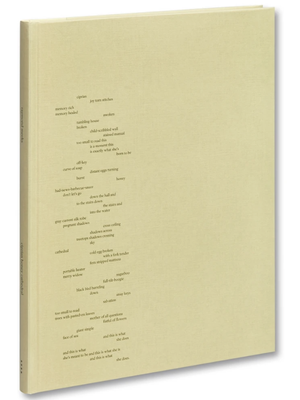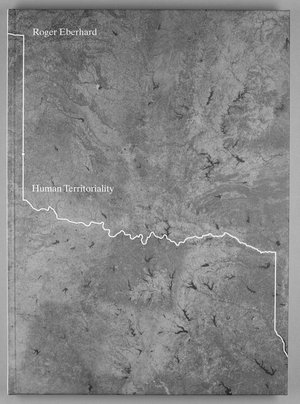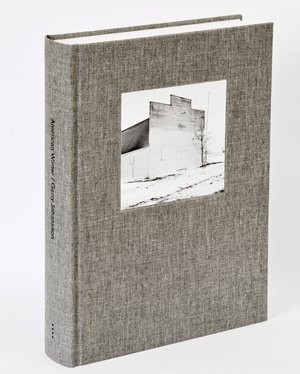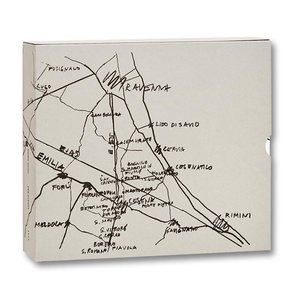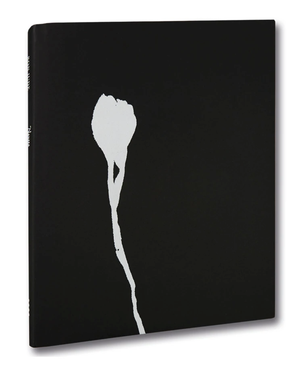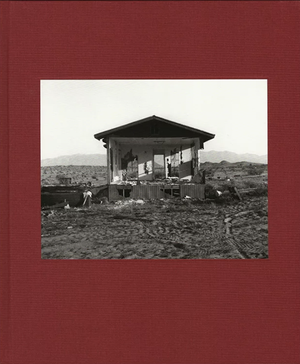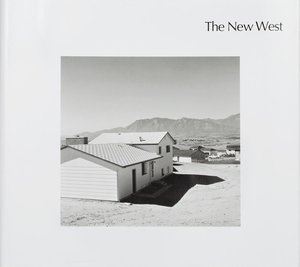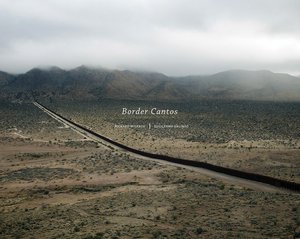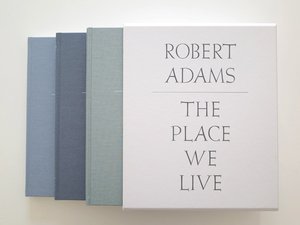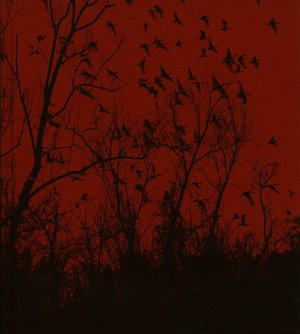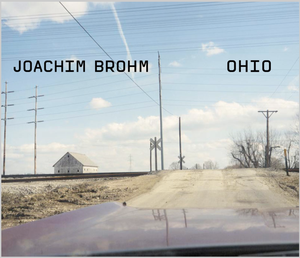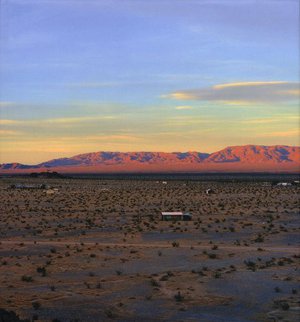
Exhibition
Matteo Di Giovanni – Photography as an Elegy of Interpretation
Feb. 1st – Jun. 1st 2022
I’ve never been particularly fond of divisions by genre, especially within the visual arts. And even less so in photography. An attempt that I have always found superficial and restrictive; a way to simplify what is instead a particularly complex and multifaceted territory, an aspect that I think should not be done away with. The strength of the medium seems to lie precisely in the mixing of paradigms, in the complexity inherent to photography, especially when the photobook is viewed as an object of study. Likewise, being tied to a school has always seemed overly dogmatic to me, capable only of muzzling personal research.
It has to be said that categorisation is, after all, part of human nature: we try to put labels on things, draw boundaries, pigeonhole ourselves so as to impose a sense of order. But sometimes, order can also be broken, and you can leave yourself open to surprise. Indeed: to be surprised even by works that are different, perhaps a far cry from our own way of photographing. And thus draw on them too.
This is the reason that led me to choose not books in a particular vein or of a specific type, but to focus on a series of works that over time have influenced my own way of viewing photography in all respects, and especially the photobook as a medium for conveying meaning. Therefore, you will find a great variety of works in the list, reflecting a deliberately personal ‘vision’ of photography which has accompanied me for so long and which continues to grow year after year, enriched with new works along with the rediscovery of classics, perhaps ones which had not aroused my attention the first time or which I had never come across a copy of. Many discoveries often start from comparison and research – two essential elements that cannot be overstated.
Having said that, the list that follows – at first glance – may seem like a jumble of texts placed one after the other, but in actual fact, it brings together a series of examples of how photography can work in multiple manners, be they narrative, lyrical or oneiric. It’s a messy list, but at the same time it gives an idea of how you really can draw on a wide variety of sources in order to put together your own poetics.
For each book I shall start from a single word: that that the book evoked in me and that still accompanies me every time I open it, even after a certain time has passed. And sometimes, on returning to a book you have already come across, you will discover something new: a detail, a colour, a shade, an element of the sequence that you had previously overlooked.
The aim, if we can call it that, is to draw attention to the complex nature of the photographic medium and the book as a vehicle of expression, to its facets, to its necessarily multi-layered aspects, capable of creating connections in the reader that often escape even the authors themselves while putting the work together.
It should never be forgotten that once a book is finished, once it has been introduced into the world, it loses the author’s desired meaning but at the same time acquires others, thanks to those who decide to examine it, producing new interpretations, inferences and connections. Ultimately, we are dealing with a hermeneutical practice.
| Curator |
|
| Address | Lugano, Switzerland |

